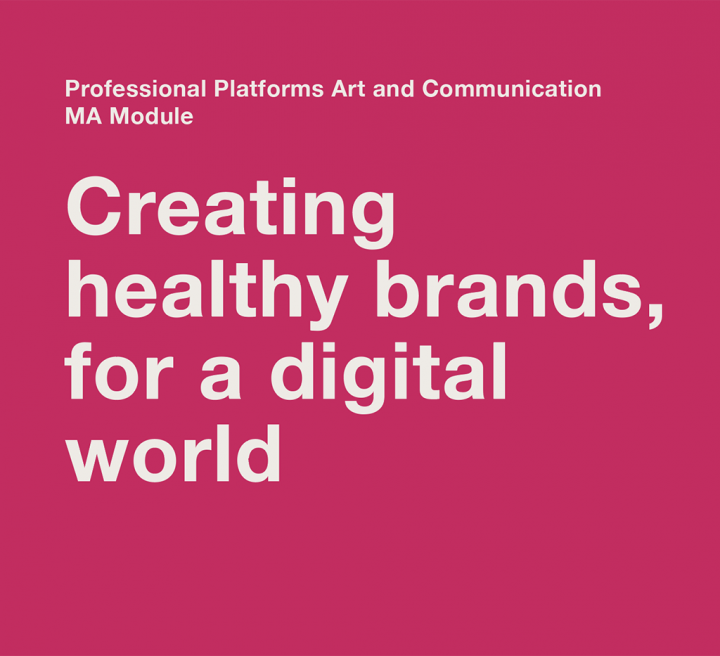Chris Skelton gave a lecture to MA interdisciplinary students about the creative process and his career journey to get to Creative Director. Chris started with a timeline of significant dates of when his career changed. In 2009-2014 Chris and a friend who he studied with at Huddersfield University started What Creative Ltd, principally a web design company, within their network someone introduced them to This is Thompson they met on the basis of working on a project together. It turned out that This is Thompson had intended to bring What Creative onboard all along. Their skills was the right fit for This is Thompson and so after some consideration Chris and his friend became a part of the team in 2014, and Chris became Digital Director then in 2019, Creative Director after buying one of the founders share in the company.
Chris spoke about the creative process, the research and the strategy of a design project.
We were shown charts and from my notes I wrote:
- Define – Proposition (story), purpose, manifesto, mission, vision, ethos, direction, SWOT, brand platform, development
- Design – Brand voice, name, logo, typography
- Develop – Creative development, ongoing stake-holder, copy
- Embed – EVP (Employee Value Proposition), internal communications, workshops
- Monitor – Measuring against objective, KPIís (Key Performance Indicators)
- Optimise Trends –Building on brand, project cycle
Chris said “How you add value and ideas to generate a new job from existing work to keep the revenue stream coming in.” As a freelancer myself I will try to do more of this.
Brand awareness
Is making a connection through to the hearts and minds of the consumer. Creating a storytelling journey, seeing consumers pain-points, then finding a resolution with your product or service for continued satisfaction in building brand loyalty.
Brand positioning
Are elements of communication that link the values of the brand. As part of the marketing strategy, it conveys value proposition traits. I have found more online at https://blog.hubspot.com/marketing/write-value-proposition this URL explains brand values. It offers a consumer a reason why they should choose a brand over those of its competitors.
I watched ‘Brand Strategy for Designers’ on LinkedIn Learning and noted the ‘Brand Strategy Framework’ pyramid shown below…


How do we design to be inclusive?
Inclusivity has to be a part of corporate philosophy for whomever you are designing for. Once this has been considered inclusivity will depend on product, service and market audience. For example tampons are aimed at women, and therefore men and children wouldnít be included. Black eyeliner could be aimed at men, women, young adults, disabled and any race.
A good example of creating a healthy brand is on Pentagram’s website for Nordoff and Robbins found here https://www.pentagram.com/work/nordoff-and-robbins
My task for this week is to design something that encapsulates my ‘take away’ knowledge and reflection from the session on creating healthy brands.
I have designed ‘Beauty and the Media’ logo for my final major project, my project is based on social media, web and other digital channels that influence appearance and mental health and well-being resulting in ‘compare and despair’ syndrome.
The research and design is for a good-cause campaign which will unpick how culture and community support young consumers and bring new insights for the beauty industry to support a positive change.
In my practice as a graphic designer mood boards help with gaining insight to the look and feel of what an organisation / customer is wanting to achieve. I have created more that one in the past to show a client, they can include colourways, typefaces, photography and iconography etc. My university pdf includes my mood board for inspiration, this is solely for an identity for my campaign. My mood board hasn’t been published on here because of intellectual property rights.
Initially, I started by looking at font pairing and typography treatment of ‘Beauty and the Media’ Then I was thinking about the word ‘Beauty’ and about what I had learned through the Fibonacci sequence example of balance and nature. So I was looking at flowers, geometrics and badges, I started to wonder how I would incorporate ‘Media’ and brought in the ubiquitous emoji symbols the world understands. Here are some initial logo lockups I did. I used the colours from Instagram’s iconography to link this to social media.


Revisiting my moodboard and looking at the yin and yang symbol, my thoughts turned to the yin and yang (good and bad) of social media, the geometry and balance of this symbol seemed a perfect fit to include the media on the yin (female) black negative and keep the yang (male) white positive side clear albeit the symbol represents both sexes and media affects both genders.
Above: Final Beauty and the Media logo.
Below: Colour variations

Beauty and the media affects everyone, our professional platform task is to create 3 persona’s, for now I have chosen the female gender to get started. We live in a multi-cultural, multi-ethnic society, so I have a white, carribean and asian profile. My following final major project is on 18-25 year-old students.

References:
https://blog.hubspot.com/marketing/write-value-proposition
Nordoff and Robbins found here https://www.pentagram.com/work/nordoff-and-robbins

